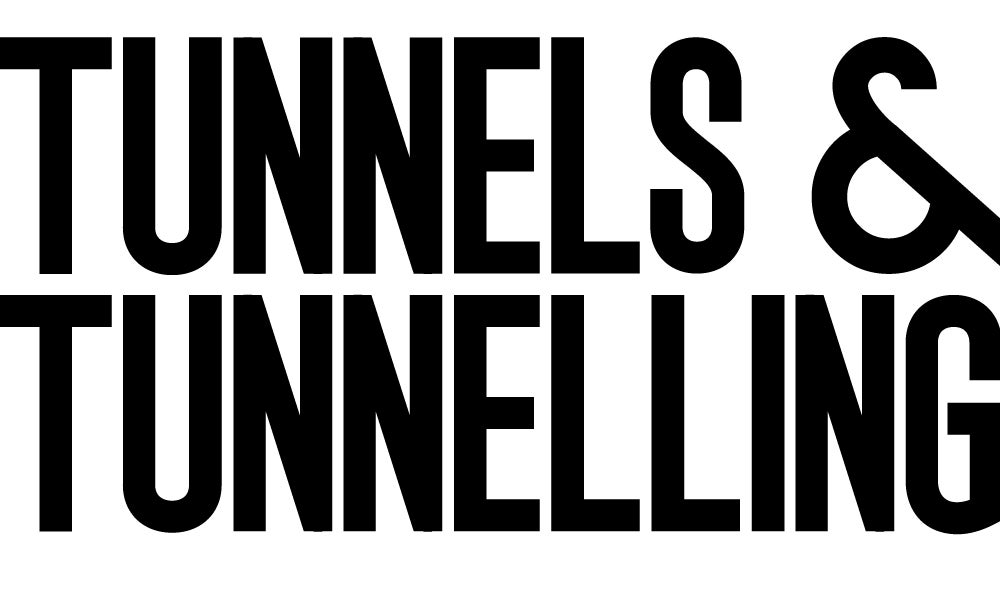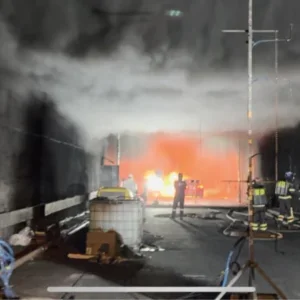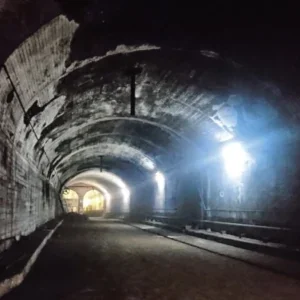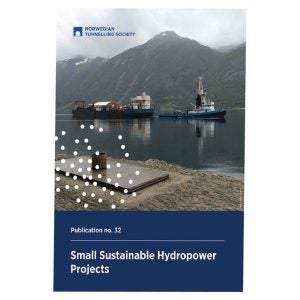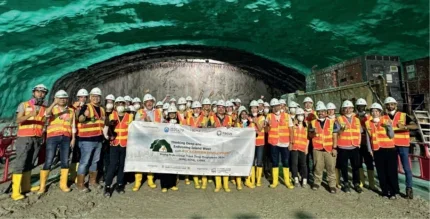
INTRODUCTION
Hong Kong’s dense urban landscape is always pushing the boundaries of space optimisation. With land scarcity and a growing population, the city has long embraced underground infrastructure. But how can subterranean spaces be used more efficiently to meet future needs?
The Young Professionals Think Deep Programme (YPTDP) set out to answer that question. In October 2024, a diverse group of young professionals came together in Hong Kong for an intensive workshop focused on underground development. This article explores the key takeaways from the programme and the forward-thinking ideas it produced.
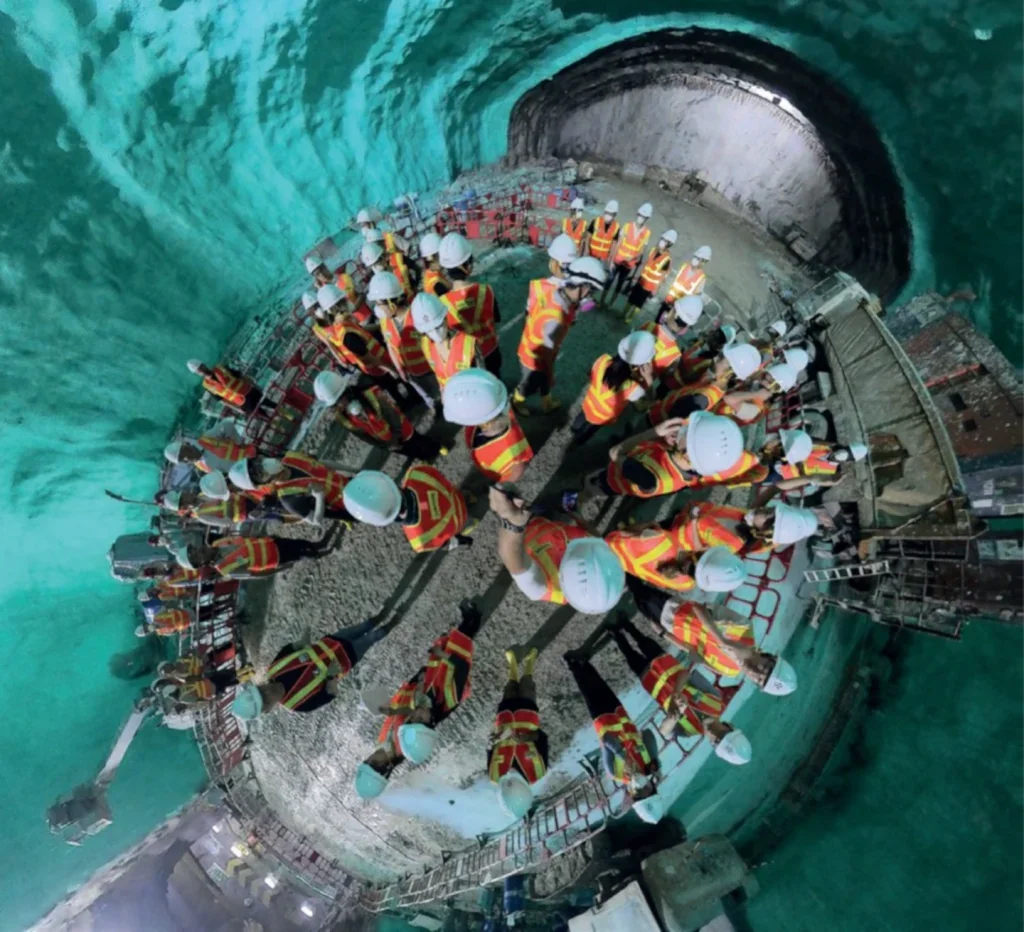
THE YOUNG PROFESSIONALS THINK DEEP PROGRAMME
The YPTDP is a global initiative by the International Society of City and Regional Planners (ISOCARP) and the International Tunnelling and Underground Space Association’s Committee on Underground Space (ITACUS). The goal? To foster collaboration between urban planners, geotechnical engineers, architects, and tunnelling experts to develop new approaches to underground urban planning.
Hong Kong was a natural choice for the 2024 workshop. Its complex topography, land constraints, and well-developed underground infrastructure made it an ideal case study. Over five days, participants worked alongside experienced mentors to propose solutions that could shape the future of underground space in the city.
The event was hosted in collaboration with the Hong Kong Institution of Engineers Geotechnical Division (HKIEGD), with guidance from experts Antonia Cornaro, Mahak Agrawal, and Özgür Öztürk. Organising efforts were led by Petr Salak (ITACUS), Rolf Schuett (ISOCARP), and Tony Ho (HKIEGD).
HONG KONG & UNDERGROUND SPACE
With steep hillsides, limited developable land, and growing demand for infrastructure, Hong Kong has already embraced underground development. Key examples include its deep MTR stations, underground sewage treatment plants, and data centres.
The Cavern Master Plan, launched by the Hong Kong Government, has identified 48 strategic cavern areas that could support further subterranean expansion.
However, there is still untapped potential. Could underground spaces support housing, commercial use, or even cultural facilities? The YPTDP workshop set out to explore new ways to maximise underground land use, considering economic, environmental, and social factors.
FIVE TEAMS, FIVE VISIONS
The YPTDP workshop participants were split into five interdisciplinary teams, each tasked with reimagining how underground spaces could be integrated into Hong Kong’s urban fabric. Their proposals reflected a mix of transport, commercial, cultural, and climate-resilient solutions.
Team A:
Nexify Horizon – A New Underground Hub in Island West
Team A focused on Island West, a prime location for underground expansion. Their project, Nexify Horizon, proposed an integrated network of underground public spaces, including mobility hubs, logistics centres, and community zones. The design emphasised flexibility, allowing spaces to evolve as the city’s needs change. Sustainability was a key priority, with renewable energy solutions and climate adaptation strategies embedded into the design.
Team B:
Transforming Quarries into Underground Districts
Building on Hong Kong’s existing underground quarrying practices, Team B introduced a 4D planning concept that linked excavation with long-term urban use. Initially, the quarries would supply construction materials, but once depleted, they would be converted into commercial and recreational spaces—housing data centres, logistics hubs, and leisure facilities. This approach ensured that underground development could evolve alongside the city’s needs.
Team C:
A Subterranean Transport Hub
Team C tackled one of Hong Kong’s biggest urban challenges—traffic congestion. Their solution? A multi-modal underground transport hub that seamlessly integrated metro, bus, pedestrian, and logistics networks. By relocating transport functions underground, the plan would free up surface land for green spaces and public areas, improving overall urban livability.
Team D:
Culture Beneath the City
Hong Kong has no shortage of cultural venues, but finding affordable space for the arts remains a challenge. Team D proposed an underground cultural and entertainment district, featuring theaters, art galleries, and performance spaces. To make the underground experience more inviting, their design incorporated fibre-optic daylighting systems and smart ventilation.
Team E:
Resilient Underground Spaces for Climate Adaptation
With typhoons and rising sea levels threatening Hong Kong’s infrastructure, Team E focused on underground disaster resilience. Their proposal featured emergency shelters, flood-proof storage, and adaptable underground spaces that could be used both for community activities and disaster response. Their approach highlighted the growing need for climateadaptive underground infrastructure in coastal cities.
CONCLUSION
The YPTDP workshop in Hong Kong demonstrated how underground development can play a critical role in sustainable urban planning. Each team’s proposal showcased the versatility of subterranean spaces, addressing transport efficiency, land scarcity, cultural needs, and climate resilience.
By leveraging the Cavern Master Plan and incorporating forward-thinking design principles, the participants proved that underground spaces can be more than just hidden infrastructure—they can be dynamic, people-centered environments.
ACKNOWLEDGMENTS
A special thank you to HKIEGD, ISOCARP, ITACUS, and all professionals who contributed to this initiative. Acknowledgment also goes to Mark Wallace, David Lam, S. W. Lee, Roy Hung, Y. C. Lam, Jason Hilgefort, Regis Chee, and Mickey Goh, whose expertise and guidance were invaluable.
The findings of this workshop will be published in spring 2025, providing key insights for policymakers, industry leaders, and the general public. As urbaniSation accelerates worldwide, initiatives like the YPTDP are essential in shaping the future of underground development.
LIST OF YOUNG PROFESSIONALS
Mariia Smoliakova, Arthur Nixon, Akhilesh Singh Shisodia, Tarang Matia, Joris Lieftinck, Pavlina Sehnalova, Madina Zhapekova, Bettina Bouëte, Arman Kuandykov, Viviane Viniarski, Andrea Marcolini.
